Wolfsonian Museum. From Oct 16th, 2009 through Mar 14th, 2010.
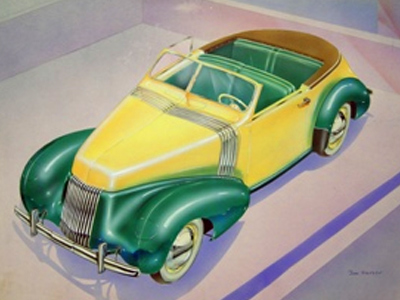 The Wolfsonian – Florida International University presents Styled for the Road: The Art of Automobile Design, 1908-1948, an engaging exploration of automobile design in America from the 1900s through the 1940s. The exhibition, on view from October 16th, 2009 through March 14th, 2010, highlights the important role played by designers and visual artists in communicating the complex ideas that guided the development of automobiles, roadways, service stations, and advertising materials.
The Wolfsonian – Florida International University presents Styled for the Road: The Art of Automobile Design, 1908-1948, an engaging exploration of automobile design in America from the 1900s through the 1940s. The exhibition, on view from October 16th, 2009 through March 14th, 2010, highlights the important role played by designers and visual artists in communicating the complex ideas that guided the development of automobiles, roadways, service stations, and advertising materials.
More than eighty skillfully and elegantly rendered design drawings – most presented publicly for the first time – demonstrate how the design of automobiles changed dramatically through styling, as well as how the automobile exerted a profound impact on the built environment and on American culture. Created by industrial designers, architects, draftsmen, and illustrators, each original design drawing – whether a conceptual idea for styling a car’s fender, an illustration of a new car for a marketing campaign, or a rendering of a service station – conveys information about the particular project, the context in which it was made, and the designer’s own personal aesthetic.
In providing evidence of the visual strategies and techniques used to translate abstract ideas into concrete form, Styled for the Road explores the widely overlooked contribution of designers and visual arts in creating the aura of American automobile culture. “These drawings might convince a manufacturer to re-style a fender or radiator grille, persuade a consumer to buy a new car, or provide valuable information for an urban planner,” explains Marianne Lamonaca, curator of the exhibition and The Wolfsonian’s associate director for curatorial affairs and education. “Today, they also invite our scrutiny because they reveal the beauty and intensity of hand-rendered drawings, at a time when digital imagery dominates our visual culture.”
Organized by The Wolfsonian, the exhibition presents original artworks drawn primarily from the Jean S. and Frederic A. Sharf Collection of American Automobile Art along with advertising brochures, automobile industry periodicals, and other printed ephemera from The Wolfsonian’s collection. The exhibition is part of The Wolfsonian’s “Celebrating America” series of exhibitions that explore various aspects of the American experience – social, political, and cultural – from the early 1900s to the present, through a range of viewpoints. The Wolfsonian thanks American Express for sponsoring “Celebrating America.”
The origins of the automobile extend back to the eighteenth century when inventors placed steam motors into large conveyances that closely resembled tricycles. Engineers established the overall look of the car, basing their designs on practical considerations: the hood protected the engine from the elements and the fenders shielded the driver from flying mud. Early models such as the Ford Model T had a boxy shape with sharp, flat edges.
In the nineteen-teens and early twenties, wealthy consumers who could afford more lavish designs turned to custom coachbuilders who often imitated European styles that were longer and closer to the ground than American models. Legendary stylist Harley Earl, who designed custom automobiles for Hollywood elites, established the first in-house styling studio at General Motors in 1928, known as the Art and Colour Section. By this time, the American automobile industry led worldwide production of affordable and reliable cars. Millions of Americans already owned cars. General Motors President Alfred P. Sloan, Jr. proposed the notion, soon implemented, of planned obsolescence, the concept that novel style changes or updated mechanical features would stimulate annual sales. The styles rapidly evolved: during the Great Depression, designers applied scientific ideas about aerodynamics to automobile styling and reconceived the automobile as a complete unit, aided by technological advances in sheet metal presses that allowed the body work to form continuous, sweeping curves. Domestic production of automobiles was curtailed during the Second World War, a time in which designers stretched their imaginations and anticipated new models influenced by aeronautical technology and styling.
In 1903 Dr. Horatio Nelson Jackson made the first cross-country trip by automobile from San Francisco to New York. There were no gas stations, only a few paved roads located within city limits, and just over 30,000 registered cars in the United States. The trip, like many other stunts at the time (such as driving up the front stairs of the U.S. Capitol or racing over the sand flats on Ormond-Daytona Beach), demonstrated the amazing possibilities of this new mechanical conveyance. Cars were the purview of a few wealthy hobbyists. As automobile sales increased, made possible in part by the affordability of Ford’s Model T, a whole new ecosystem developed around the car. Architects, urban planners, and industrial designers shared in the thrilling task of redefining the American landscape to make room for automobiles. Over time paved roads and highways extended from town to country; service stations, sales offices, and garages appeared; and new signage for highways developed. To cope with the proliferation of automobiles, new devices such as traffic lights and parking meters were produced.
The automobile allowed Americans to discover their vast homeland. New roadways, such as the Lincoln Highway extending from California to New York (completed in 1923) and U.S. 1 extending from Maine to Miami (1926) and later to Key West (1939) encouraged travel by automobile. The Goodyear Tire & Rubber Company and Mobil Oil, whose service centers would dot the new roadways, employed architects and industrial designers to create a cohesive corporate image from the shape of their buildings to roadside signage.
The mass production of automobiles was closely tied to mass marketing campaigns. In the early 1900s, print advertisements for automobiles relied on words more than images to convey the advantages of the “horseless carriage.” The Ford Model T was the market leader from 1908 to 1927. However, Ford did little in the way of formal advertising. Design features were subordinate to engineering. During the 1920s, custom-built cars were presented at annual automobile shows in the country’s major cities, such as Boston and New York. Elegant advertising posters enticed audiences to these upscale events. The advertisements often featured fashionable women and/or presented the car in an elegant setting, such as in front of a luxury hotel or magnificent home, conveying the message that the car was both refined and easy to drive.
Fueled by the notion of planned obsolescence, automakers in the 1930s relied more heavily on print advertising to persuade consumers of the particular merits of their new annual models. Skilled illustrators were tasked with faithfully depicting the unique features of each car, while also conveying a sense of dynamism, power, and opulence.
A rich program of lectures, films, and workshops is offered in conjunction with the exhibition. From enlightening talks with contemporary automotive designers to a car jamboree, visitors of all ages and all levels of knowledge about the American automobile will find something to stimulate their imagination. The exhibition is accompanied by an illustrated catalog available in The Wolfsonian’s Dynamo Museum Shop.
Wolfsonian Museum
1001 Washington Avenue
Miami Beach, FL 33139
305.531.1001
www.wolfsonian.org

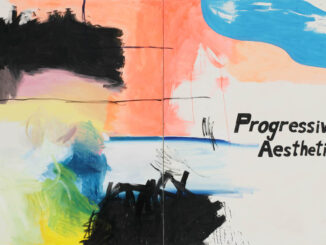
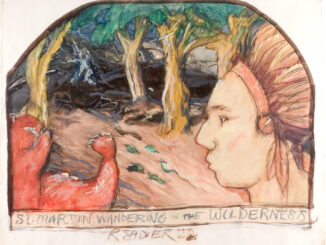
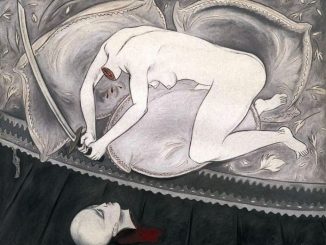
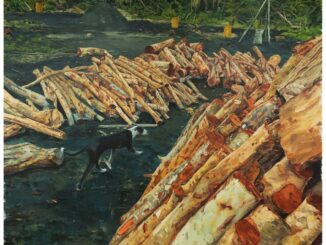

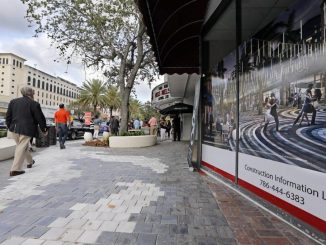
Be the first to comment